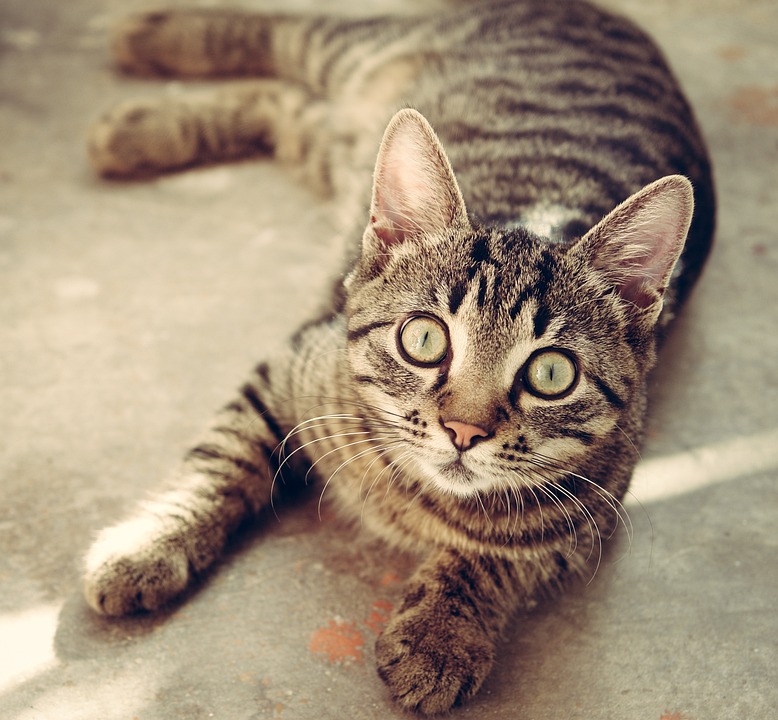Spraying behavior in cats is a common issue that many cat owners come across. Understanding the science behind spraying behavior can help cat owners effectively manage and address this behavior. In this article, we will explore the reasons why cats spray, the science behind spraying behavior, and provide useful tips for cat owners to handle this behavior.
Spraying behavior is defined as when a cat releases a small amount of urine on vertical surfaces such as walls, furniture, or doorways. It is important to differentiate spraying behavior from other forms of urination, such as inappropriate urination outside the litter box. Spraying is typically done in a standing position, with the tail held upright and quivering.
There are several reasons why cats spray. One common reason is territorial marking, which is the cat’s way of establishing boundaries and communicating with other cats. By spraying, cats leave behind pheromones in their urine that can be perceived by other cats.
Spraying behavior can also serve as sexual signaling, particularly in unneutered males. By spraying, male cats can attract potential mates and communicate their reproductive availability. Female cats may also spray for similar reasons.
Stress or anxiety is another factor that can lead to spraying behavior. Cats may spray as a way to express their discomfort or to mark their territory when they feel threatened or insecure in their environment. Changes in the household, such as the introduction of a new pet or moving to a new home, can trigger spraying behavior.
The science behind spraying behavior involves the role of pheromones. Cats have scent glands in their cheeks, paws, and tail base, which release pheromones that can be detected by other cats. Urine marking is a way for cats to communicate important information, such as their presence, social status, and reproductive availability.
Hormones also play a role in spraying behavior. Unneutered males have higher levels of testosterone, which can increase their likelihood of spraying. However, even neutered males and female cats can spray if they are experiencing stress or anxiety.
Managing and addressing spraying behavior requires a multi-faceted approach. Spaying or neutering cats can often help reduce or eliminate spraying behavior, especially if it is a result of sexual signaling or territorial marking. Environmental enrichment, such as providing scratching posts, toys, and perches, can help alleviate stress and anxiety, reducing the likelihood of spraying.
Using pheromone sprays or diffusers, which mimic the natural pheromones that cats release, can promote a sense of security and reduce spraying behavior. It is also important to clean and neutralize sprayed areas to prevent repeat incidents, as cats are more likely to continue spraying in areas that still smell like urine.
If spraying behavior persists or becomes a significant issue, it may be necessary to seek professional help. Consulting a veterinarian or animal behaviorist can provide additional guidance and support in addressing the underlying causes of spraying behavior.
In conclusion, understanding the science behind spraying behavior in cats is crucial for cat owners to effectively manage and address this behavior. By implementing appropriate strategies such as spaying or neutering, environmental enrichment, and seeking professional help when necessary, cat owners can significantly reduce or eliminate spraying behavior, ensuring a harmonious living environment for both cats and humans.








